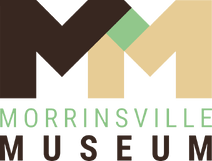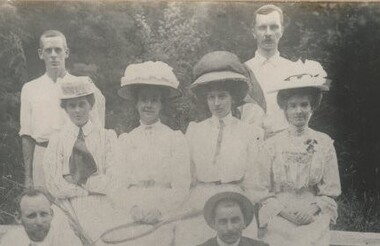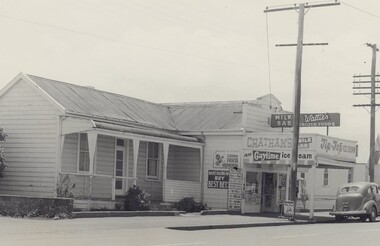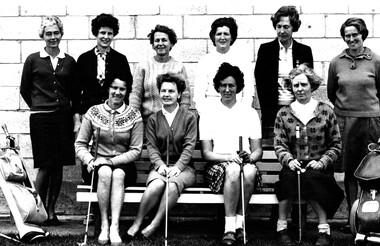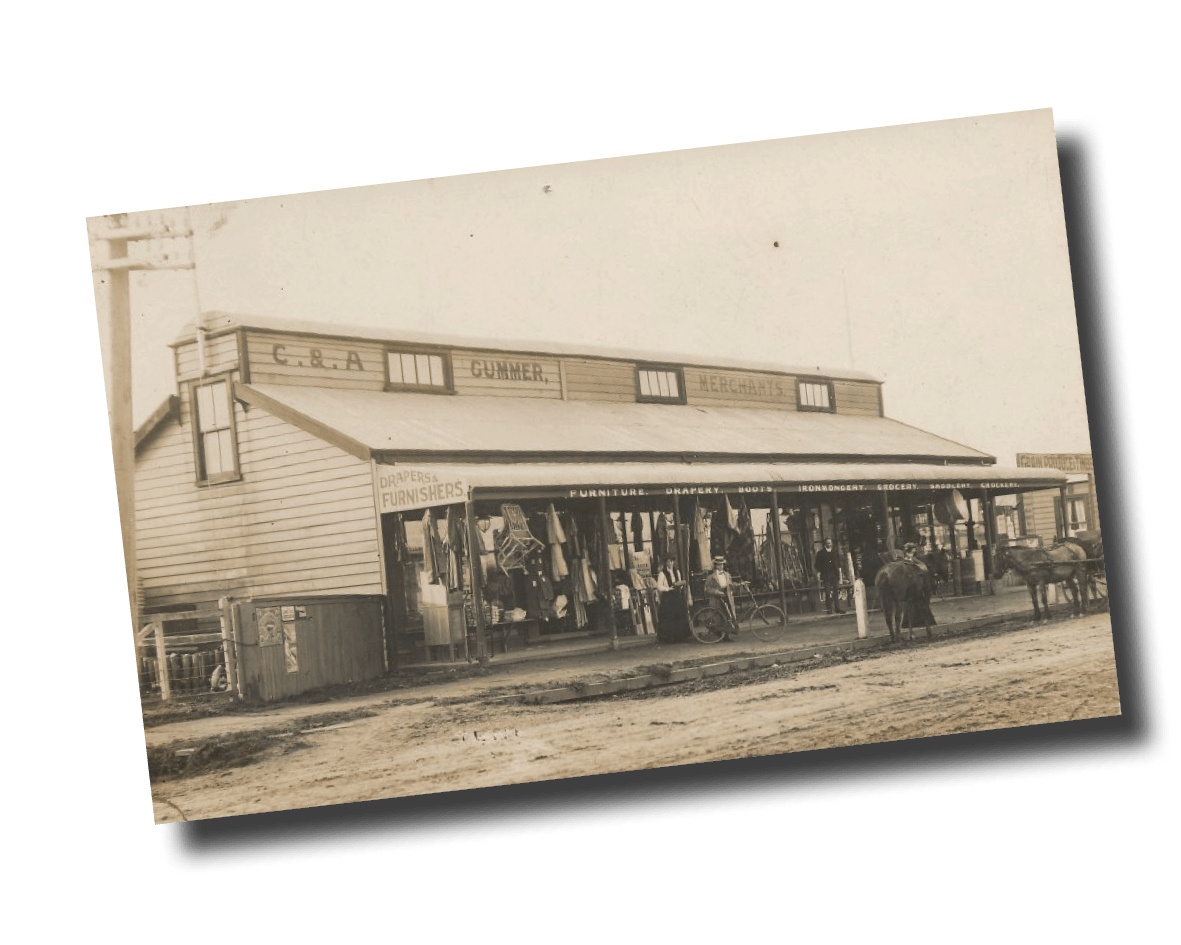
The History of Morrinsville
From Swamp to Township

Natural History of Morrinsville
The Morrinsville district is bordered by mountain ranges and the rich plains of the Hauraki Basin.
The upland areas were originally blanketed by native vegetation of broadleaf podocarp forests and kauri. Mānuka and kānuka covered the rolling downlands, while kahikatea thrived on the poorly drained parts of the alluvial plains. Sedge, raupo, flax, rush and moss communities were found on the peatlands.
Māori thrived on the natural abundance of life in the area, fishing, hunting birds, harvesting materials, and establishing gardens on the high ground above the wetlands.
The land’s fertility is due to the Waikato River flowing through the Hinuera Valley and forming many channels including the tributary of the Piako River, the Waitakaruru Stream which runs close by Morrinsville. Over millions of years, nutrients were deposited by the river and ongoing volcanic activity, leading to Morrinsville’s continued legacy of agriculture and dairy farming.
Tangata Whenua
Swamps and streams of the Piako and Waitoa catchments were filled with eel weirs, which provided an important food source for Māori. New Zealand tuna or eels are rich in omega 3 fatty acid and were a nutritious staple in the traditional diet.
Prior to European settlement, the hills around present-day Morrinsville were occupied by the Ngāti Werewere people of the Ngati Hauā iwi. The site of the Morrinsville township is believed to be on or near to an old Māori route that connected the upper Waihou-Piako basin and the Ngāruawāhia area.
The man behind the name Morrinsville
Thomas Morrin came to New Zealand from Canada, following an invitation from his brother William, who had set up a successful business in Auckland. Thomas and his younger brother, Samuel, arrived in Auckland in 1865 and purchased Cruickshank Smart & Co. Ironmonger and Hardware Merchants. They changed the name to T&S Morrin.
Thomas’ first involvement in the Piako was becoming the sole owner of the 6,859 acres of the Kuranui block in February 1874. He continued to buy and sell land around Morrinsville until the economic downturn, when he sold half his shares in the estate to John Studholme in 1879.
The Bank of New Zealand and the Assets Realisation Board took control of the estate in August 1895.
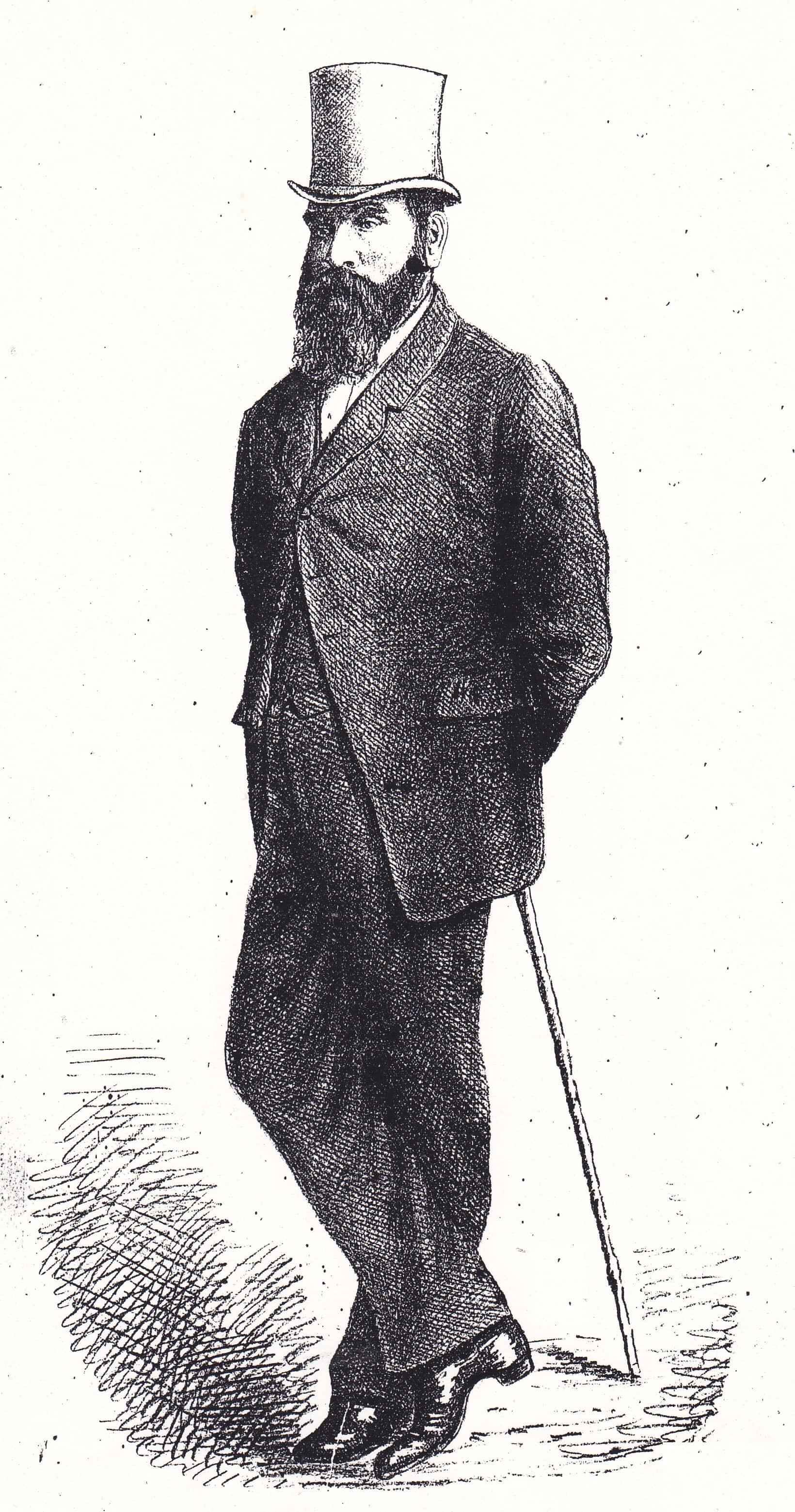
Colonial Settlement
Originally both the township and the area were called Piako. Over time the town name was changed to Morrinsville. The hotel incorporated a post office and a store. Later a junction railway station and blacksmiths shop were added to the township.
Services to the community were established as the township grew with some of the first buildings being a school, the post office, churches, a new hotel, a creamery, a tennis club, and a part-time BNZ agency.
Beyond the Landing - The History of Morrinsville District
Purchase your very own copy of the book - Beyond the Landing - The Centennial of the Establishment of the Morrinsville Town Board in 1908.
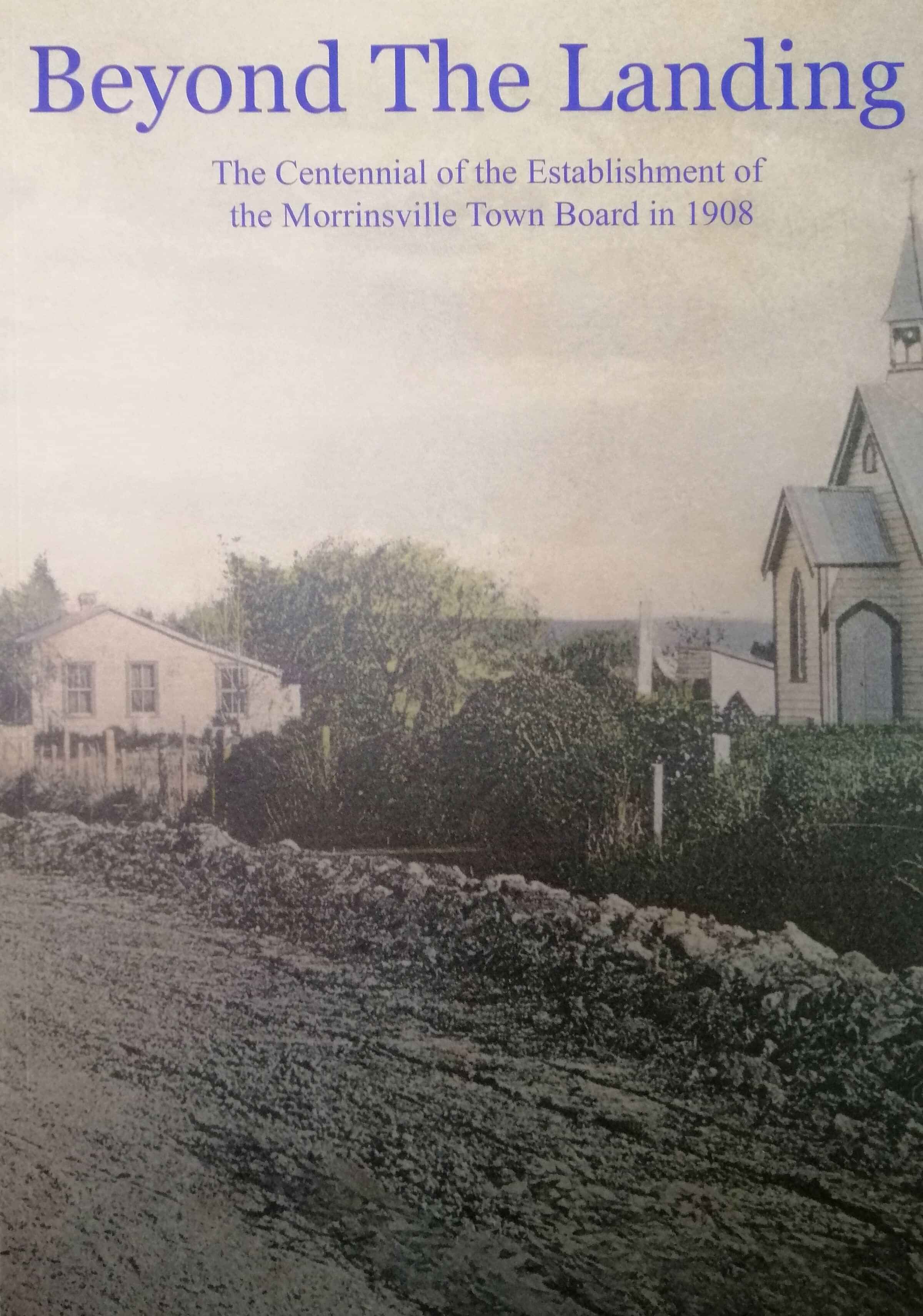
Research
Organisations are able to research the collection of archives like minutes and club activities that have been donated to the museum. The Motumaoho Garden Circle committee members spent time in the Morrinsville Museum reading room researching the collection of old club minutes.
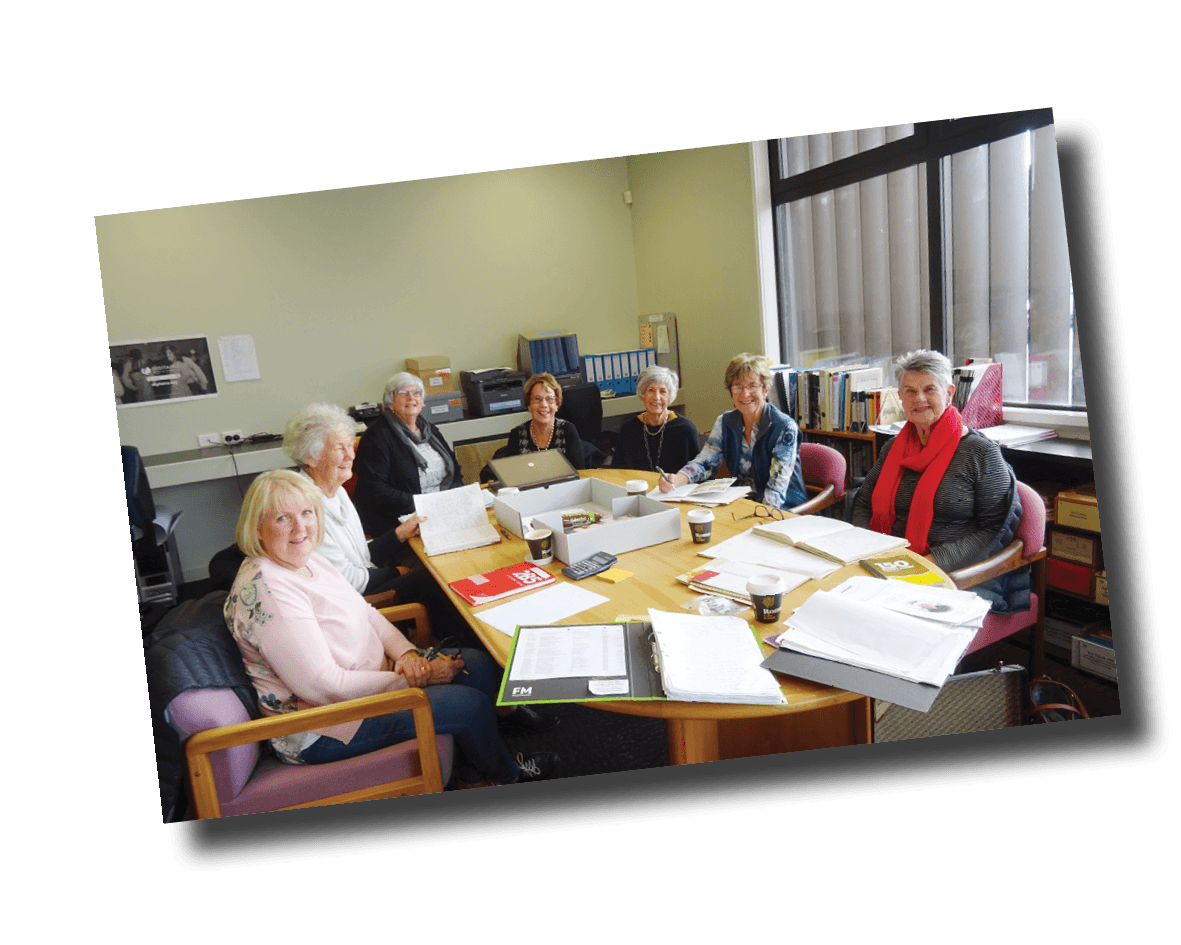
Morrinsville Museum
41 Canada Street, Morrinsville (opposite the Public Library)
P. 07 889 4190
E. info@morrinsvillemuseum.org.nz
Opening Hours
- Monday to Friday from 11.00am to 4.00pm
- First Saturday of the month open for Morrinsville Market Day from 9.00am to 1.00pm
- Sunday from 11.00am to 3.00pm.





